Imagine going out into a harsh and stressful environment for three days. What would you bring? What would you leave behind?
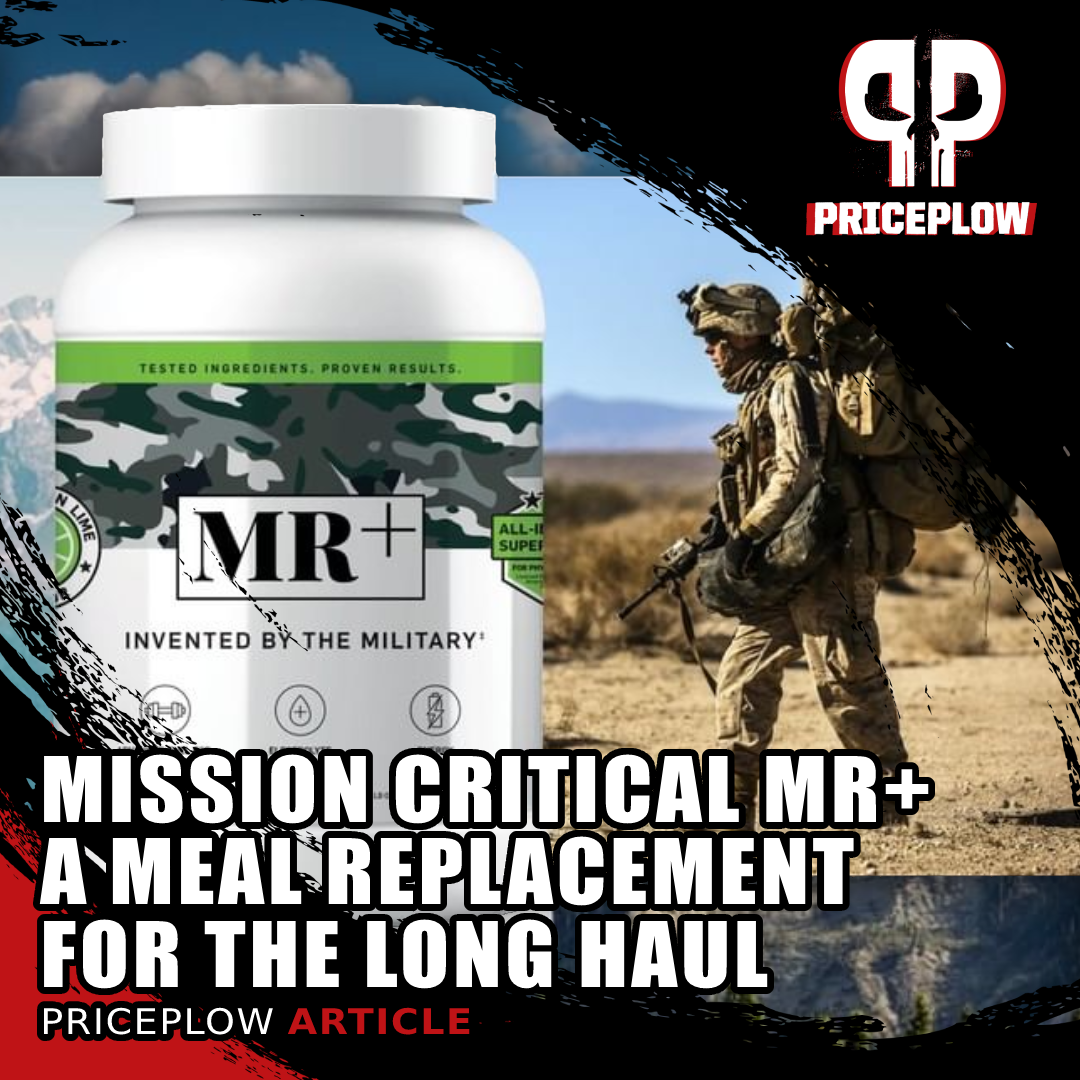
We've never covered a meal replacement like this! Fortified with stimulants and boosted with Velositol, this one's built to keep you going all day long, yet can last mixed in your camelback for two weeks!
This is a constant question for special operators in the military, who customize their rucks and loadouts for each mission. Part of their decision-making process is how much food and water to bring, as both are heavy and cumbersome.
Finding a better MRP solution for energy on long missions
When out in the field for long periods of time, special operators in the United States military kept running into the same human fuel problems: they wanted something lightweight, convenient, long-lasting, filling, and full of energy. MREs simply aren't always the solution.
Tired of mixing numerous packets and powders together combat controllers approached Dr. Reginald O'Hara from the U.S. Air Force 711th Human Performance Wing[1] with a request: build us something better. The more time they wasted mixing products together, the less time they were focusing on their battlefield security.
Dr. O'Hara and his team spent years researching a way to fuel their operators, while adding some extra energy. They created a wildly unique "meal replacement" with the following characteristics:
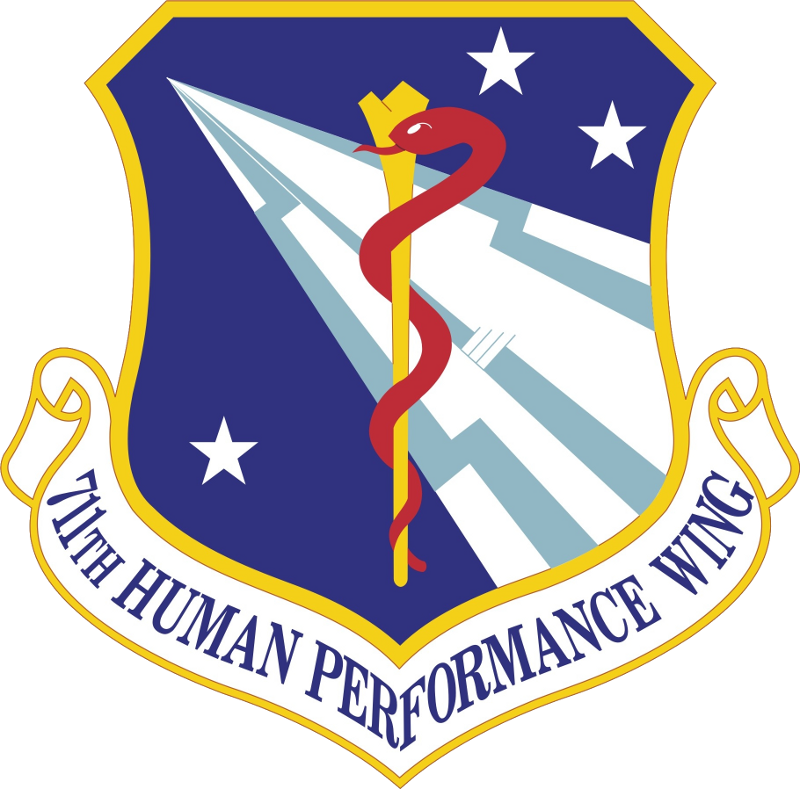
MR+ was developed by the Air Force Research Laboratory’s 711th Human Performance Wing and the patent has been licensed to Mission Critical so that anyone can try it now!
- It lasts up to two weeks mixed in a camelback
- Tastes more like a sports drink and less like a protein shake or "MRP"
- Utilizes a blend of Velositol-boosted protein
- Includes key vitamins and minerals
- Provides energy from carbohydrates + protein, and...
- Contains caffeine (73mg per scoop / 220mg per full serving) and theacrine!
They patented it,[2] ran an internal study on it[3] (details are below), and it worked.
We've never seen a "meal replacement" like this because, as gym-based athletes, we've never needed a meal replacement like this. But special operators do.
Fast and filling, light and long-lasting: Mission Critical's Meal Replacement Plus
An invention like this was too good to keep in the special forces community. So Mission Critical was founded by Tanner and Zac Harris to bring it the greater world of endurance athletes, hikers, bikers, and hunters. They licensed the Air Force's patent, tweaked the flavoring, and called it Meal Replacement Plus, also known as MR+.
If you're ever planning an ultra long hike, race, or hunt, you'll want to check this out. We have a ton of details below, but first, you can use coupon code PRICEPLOW to save on MR+:
See MR+ on MealReplacementPlus.com and use coupon code PRICEPLOW to save 15%.
Note: We have no formal business relationship with Mission Critical. This article was sponsored by Nutrition21, developers of the Velositol ingredient inside.
Before getting into the ingredients, let's cover the trial that Dr. Reginald O'Hara performed:
In-house research: two 10-mile, 3600-ft ruck marches
This isn't just a supplement sold to the public - it's one that's been tested in the field.[3] Dr. O'Hara and his team recruited senior-level special operators (ages 25-33 with
8 or more years of experience). They had them complete a 10 mile ruck march in two consecutive days:
- Day 1: water only
- Day 2: 8oz supplement packet (same formula as MR+) with 100oz water, drank at 30 minute intervals.
They wore a 70 pound pack and marched 10 miles to a 3,600 foot elevation.
The researchers measured starting and ending bodyweight and total urine output. On day 2, when using the supplement, they lost significantly less weight (2.2lbs vs 5.4lbs), had decreased hunger, slightly less urine coloration (suggesting better hydration), and lower perceived exertion,[3] despite the marches being on consecutive days, and the control day being first.
Let's take a closer look at why these results may have occurred - by drilling into the ingredients:
Meal Replacement Plus Ingredients
As a meal replacement, the MR+ label is quite large, and we can't go into detail about every single thing. But we've broken it down into some of the key components, with an entire 3-scoop serving yielding 420 total calories, 36 grams of protein, 72 grams of carbohydrates, and 3 grams of fat:
-
Proteins + Velositol
We don't need to tell special operators, hikers, hunters, or anyone else that's out in the field for a very long time about the importance of protein. Regardless of stance on carbs vs. fats, high-protein diets are critical to general health, strength, and a solid body composition.[4-8]
While protein may dip a bit when in the field, we have to do everything we can to keep it up. This includes creating a protein that will keep in a camelbak. Meal Replacement Plus and its unique protein blend is designed to do just that.
Here, we get a total of 12 grams of protein per scoop (to be mixed with one liter of water), or 36 grams of protein per serving (to be mixed with three liters of water).
MR+ is driven by a Velositol-boosted combination of the following proteins and amino acids:
-
Hydrovon (whey protein hydrolyzed phospholipid concentrate)
Hydrovon is a partially-hydrolyzed whey protein designed for rapid absorption and improved athletic recovery, but without any bitter taste components that are often seen in pre-hydrolyzed whey proteins.
Taking a step back, we know that whey protein has been shown to improve strength and beneficial body composition changes in men and women when used with a quality diet.[9-12] In addition, whey protein (and hydrolyzed whey protein) leads to improved release of leucine peptides due to greater leucine levels,[13] which is critical to muscle protein synthesis and discussed a bit more below.
Why hydrolyzed whey?
There are many reasons to include a hydrolyzed whey protein, which has been partially "pre-digested" with enzymes in the manufacturing process. It yields easier and faster absorption and digestion,[14] improved insulin response,[15] faster reload of glycogen stores,[16] and because of all of that, promotes quicker recovery.[17]
Those are all great, and relevant to the mission. However, there's another benefit -- these ultra-hydrolyzed proteins settle more clearly and last longer too! This enables it to be more of a lemon lime sports drink and less like a thick, sludgy milkshake in your camelbak!
-
BodyBalance (collagen peptides)
Collagen is key to soft tissue health -- it's the structural part of our skin and soft tissues, operating like scaffolding.[18] We often talk about skin and nail health, which is great, but our operators are probably more interested in the joint and connective tissue health benefits seen with collagen![19,20]
Taking this further, BodyBalance is a trademarked form of collagen that's been studied to demonstrate reduced fat mass, increased lean body mass, and increased strength with resistance training.[21,22] We don't always see this with collagens, but BodyBalance is stating that their collagen effectively stimulates the mTOR pathway enough to do so.
-
Added L-Leucine
We'll never complain about more leucine -- this is the key branched chain amino acid that drives muscle protein synthesis by increasing mTOR signaling.[23-25] This can also make up for any lower amounts of leucine that are in the collagen above.
Amplified with Nutrition21's Velositol
We've already discussed how hydrolyzed whey protein can lead to a better insulin response and glycogen reload than other proteins. Here, we make that action work even better, using Velositol.
Made by Nutrition 21, the experts in Chromium and Insulin management, Velositol can boost Muscle Protein Synthesis by using chromium and a 'tickle' of insulin-spike from amylopectin!
Invented and patented by Nutrition21,[26] Velositol is a complex of chromium and amylopectin with GRAS (generally recognized as safe) status. Research has shown that Velositol can significantly increase muscle protein synthesis, especially when we're in a lower protein environment, which is exactly what a lot of special operators are subjected to.
With 25 years under their belt studying and researching Chromax, Nutrition21 is a worldwide expert in chromium and chromium picolinate, which has been shown to boost insulin's effects and increase nutrient metabolism.[27] This effect allows us to get everything we can from the carbohydrates, fats, and proteins into our body, increasing their uptake into muscle cells. When packing light, we need to squeeze every last ounce of energy out of MR+, and Velositol helps that happen.
The chromium complex inside does much of the heavy lifting, but the added amylopectin spikes it further. This unique starch adds a couple of specialized carbohydrates to "spark" the chromium-based insulin drive, getting our proteins and carbs where we need them to go - into weary muscles.
Understand Velositol in our original podcast:
Nutrition21 funds a great deal of research, so we have some to discuss:
Velositol double's protein's power at lower doses
Clinical research shows Velositol effectively doubles the power of "suboptimal doses of protein" when the two are consumed together. Perfect for situations just like this
Velositol was originally studied in a human research pilot where 2 grams of Velositol were used with sub-optimal doses of protein -- 6 grams of whey protein -- in a double-blind, crossover design. The researchers found that Velositol doubled the muscle protein synthesis (MPS) response (48% vs. 24%) when compared to whey protein alone, when measuring MPS by the fractional rate of muscle protein synthesis.[28]
The scientists also noted that the subjects receiving Velositol had higher cytokine levels, which demonstrated higher cell signaling of proteins relevant to muscle building and recovery.[28]
This study used lower protein doses, but is generally relevant to MR+ -- while we have more than 6 grams of protein in the product, most hikers and special operators are not going to get their "full dose" of protein when out in the field. An ingredient like Velositol can improve what we do get in.
Based upon animal models, we have also seen Velositol work on escalating protein doses.[29] However, we'd like to highlight the more recent research on exercise performance:
Velositol boosts exercise performance
Next, researchers decided to see how 2g Velositol could affect muscle strength, fat-free mass, whole-body protein balance, and exercise performance over time when used alongside 15 grams of whey protein.
New data published in the Journal of Exercise and Nutrition shows that Nutrition21's Velositol, a protein-boosting Amylopectin-Chromium Complex, boosts exercise performance![30]
They got 35 active men and divided them into three groups: the active group (2 grams Velositol + 15 grams whey protein, labeled "V15W"), the comparator group (15 grams whey protein, labeled "15W"), and a high-dose comparator group (30 grams whey protein, labeled "30W").[30]
The subjects drank their assigned supplement on training days immediately post workout (and at the same time on rest days). At 0, 4, and 8 weeks, the researchers tested their body composition, lower/upper body strength, and net protein balance.
While all participants gained size and strength while improving their fat-free mass (resistance training works!), the active V15W Velositol group saw significantly improved increases in reps before failure in their squats.[30] Additionally, they had improved relative squat strength, vertical jump power, and vertical jump height than the other groups. Their net-protein balance at zero and four weeks were also better.[30]
Learn more about the Velositol performance study in this video:
Ultimately, this is a fantastic ingredient to include in a product like MR+. If you want to learn more about Velositol, read our articles titled Velositol: Enhancing Muscle Protein Synthesis with Science and Velositol Increases Exercise Performance: New University Study Published.
-
-
The stimulants
Sure, we could cover the carbs next, but let's jump to something even more interesting -- added stimulants! This is something we don't generally see in meal replacement proteins, but if you couldn't tell, MR+ isn't your standard MRP.
Added Caffeine! (220mg per three scoop serving)
Special operators on the go love to keep a nice slow and steady trickle of caffeine in the system, and from a physiological standpoint, this makes total sense: caffeine crosses the blood-brain-barrier and inhibits adenosine and phosphodiesterase,[31] keeping your ass awake while boosting performance!
With adenosine rightly inhibited (keeping you awake), we also see more neural activity in the brain and a decrease in fatigue.[31] Additionally, we get a kick of extra fat oxidation, freeing up fatty acids for you to use.[32-34] These are all great effects.
MR+ contains 73 milligrams of caffeine per scoop, or 220 milligrams per serving. Depending on your tolerance, genetic status as a caffeine metabolizer, and how fast you're drinking your serving, this could hit you hard or keep you right at a good cruising speed.
Theacrine for the longer-lasting effects (200mg per three scoop serving)
To prolong the energy boost, we have theacrine, which is found in kucha tea leaves and has been shown to increase energy, mood, cognition, and physical performance.[35] It's a "chemical cousin" of caffeine's,[36] but has a far longer half-life, so it'll keep you going a greater amount of time.
By blocking adenosine receptors, theacrine functions similarly to caffeine.[37] However, it also activates dopamine receptors,[36] providing a feel-good effect that can promote cognitive function. The greatest part of it all, however, is that it doesn't affect the cardiovascular system or spike blood pressure like caffeine can.[38]
For hikers, bikers, hunters, endurance athletes, and special operators who don't have much time or space for major meals
When thinking about a long-lasting stimulant that will pair well with caffeine and keep operators going in the field, theacrine is the exact ingredient that comes to mind, and we're happy to see this here in MR+.
-
Carbohydrate Sources
With Velositol, we're going to get a couple of grams of amylopectin. However, we also have some fructose and maltodextrin, modeling sports drinks that keep for a very long time.
Special operators were bringing way too much stuff with them on missions. MR+ knocks it all out in one fell swoop.
We have 24 grams of carbohydrates per scoop, or 72 grams of carbohydrates per 3-scoop serving, which gives us a 2:1 carb:protein ratio.
Dr. Reginald O'Hara's previous military-based research showed that sports drinks containing carbohydrates combined with sodium and chloride ions are frequently used to increase water absorption and retention while preventing dangerous drops in serum sodium levels.[39] The team stayed with a similar carbohydrate strategy that was already demonstrated to retain sodium.[3]
When it comes to elevating blood sugar and insulin levels before and during training, few ingredients hit as hard as maltodextrin,[40] which also keeps stable in harsh environments. While this isn't the optimal carbohydrate when trying to lose weight at home using a whole food diet, it is a great blend when trying to sustain energy while keeping muscle breakdown at bay, especially when given alongside protein.
-
Added Vitamins and Minerals
The US Air Force's patent discusses the merits of including vitamins and minerals to sustain organic function in the body.[2] It's well-known that neuromuscular function deteriorates when electrolytes are diminished - especially salt.[41] While we can't go through every single added ingredient, the following paragraph from the patent lays the foundation:
"Therefore, a need exists for an easy-to-use, high-calorie meal replacement product that contains vitamins, minerals, and nutrients that may be effectively used by special operations forces during sustained field operations in austere, high-heat environments. Such a product should contain ingredients capable of promoting water absorption and retention, preventing dangerous drops in serum sodium levels during high-tempo field training operations, and preserving lean muscle tissue."[2]
Here are some important notes, however:
-
Potassium is higher than most products. We often see sodium from salt, but not enough potassium, which is greatly under-appreciated and difficult to maintain even in the best of conditions in the Western diet.[42]
-
Iodine is mega-dosed. We love this, since iodine is crucial for thyroid hormone synthesis[43] and the thyroid is needed for efficient metabolism,[44] yet low iodine take is a major cause of thyroid dysfunction.[45]
For a myriad of reasons, the scientific community has noticed a re-emergence of iodine deficiency,[46] and we've found that when giving a high dose of iodine to someone who's depleted, they often feel like they've taken rocket fuel. We've seen large doses taken safely -- special operators and hikers simply do not have time to be sluggish due to iodine deficiency.
-
High-end zinc is used. Zinc has of course been in the news a lot lately, but too many people don't realize the pitfalls of using cheaper zincs like zinc oxide,[47-49] which has literally zero absorption in some users.[49] No time for that nonsense here, Mission Critical included glycine-bound zinc as zinc bisglycinate inside, which has been demonstrated to be vastly superior in both humans[50,51] and animals.[52]
There are plenty of other vitamins and minerals, as shown in the label.
-
Flavors available
Mission Critical's MR+ is available in bold lemon lime flavor, which is obviously quite different from your standard "meal replacement protein". This is what you can get when using hydrolyzed whey protein, as we've seen in other "clear whey isolate" type products. The difference here, of course, is that we have it in MRP form, with vitamins and minerals to boot.
When things are Mission Critical, get Meal Replacement Plus
What a fascinating product, perfect for its niche. Anyone on a "long haul" -- hikers, hunters, and operators -- should take a look MR+. What we have here is a patented product (that uses patented ingredients like Velositol inside) developed by special forces, for special forces, but licensed to a company that can sell it to us civilians.
There's so much going on here, that we're going to need to film a podcast to get the full story, as there's simply too much to tell regarding the formula, the research, and the backstory with the U.S. Air Force 711th Human Performance Wing.
See MR+ on MealReplacementPlus.com and use coupon code PRICEPLOW to save 15%.
Note: We have no formal business relationship with Mission Critical. This article was sponsored by Nutrition21, developers of the Velositol ingredient inside.
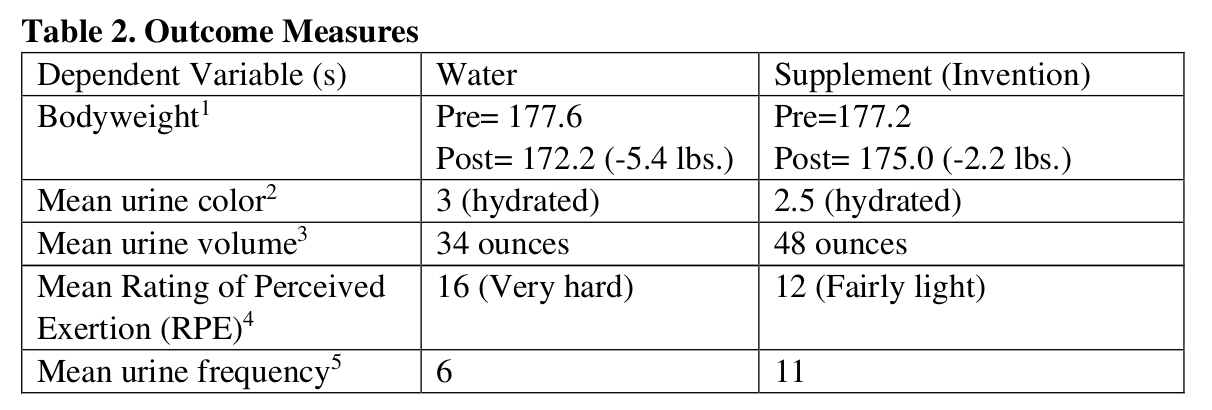
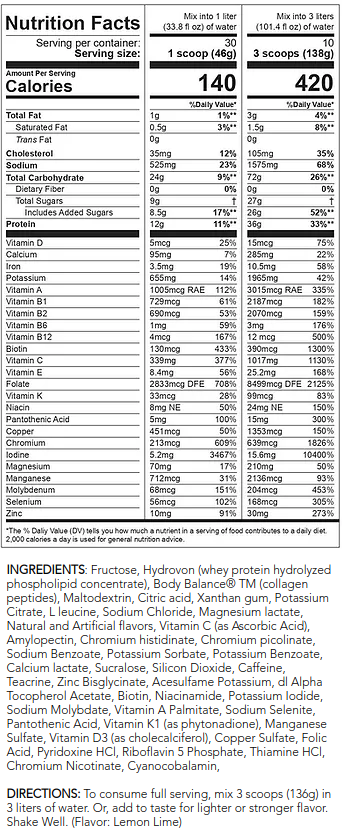
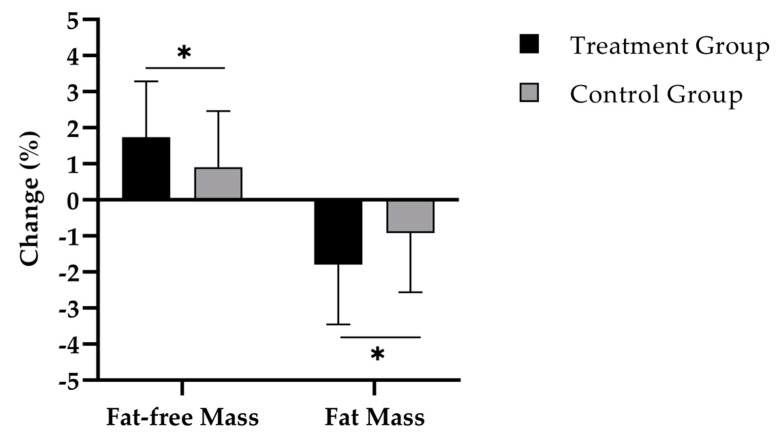
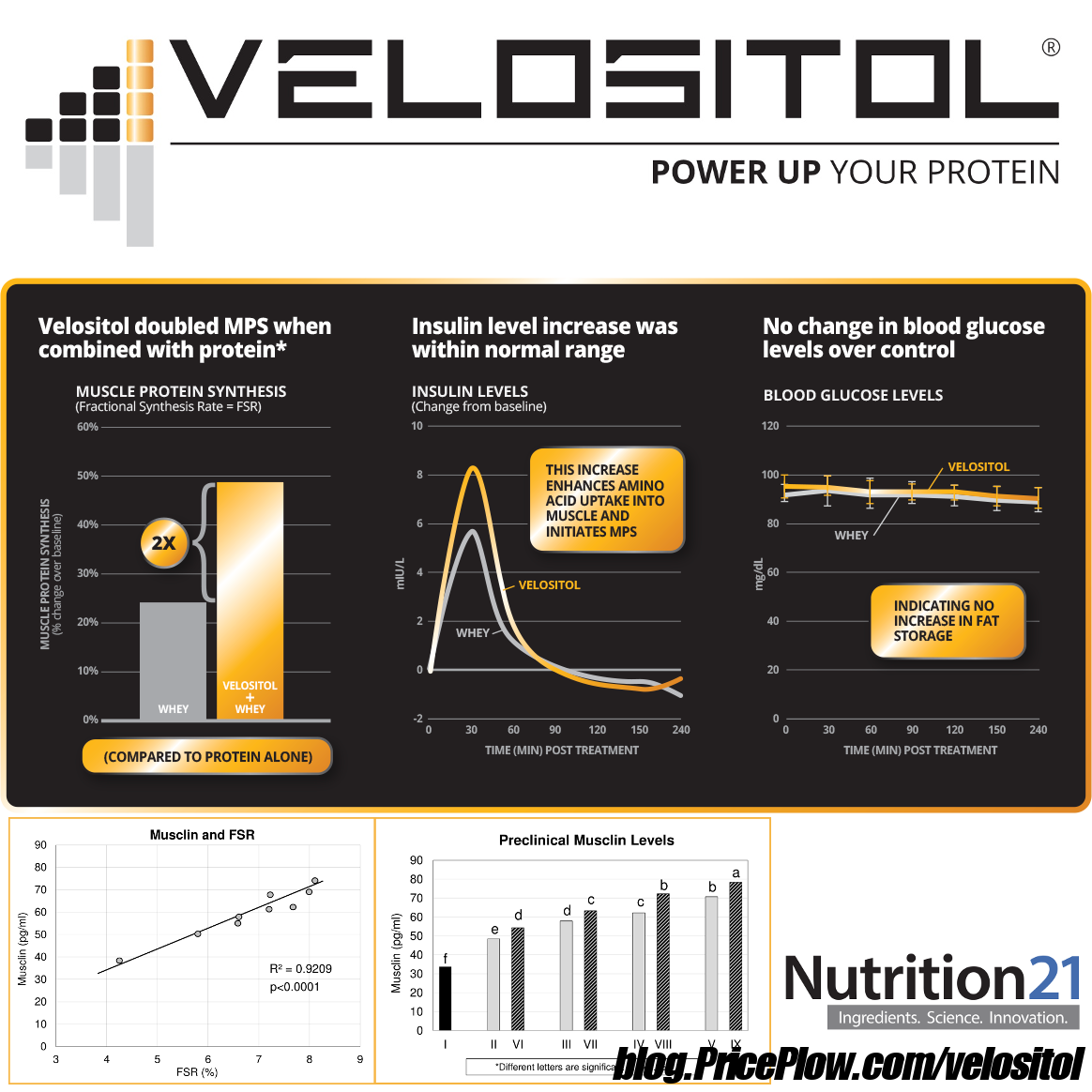
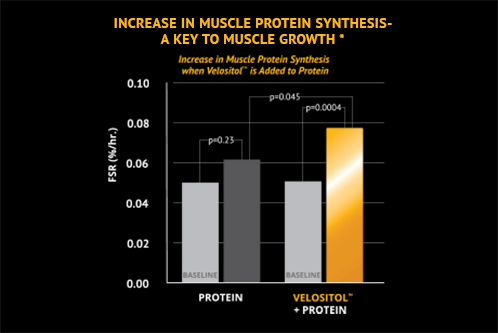
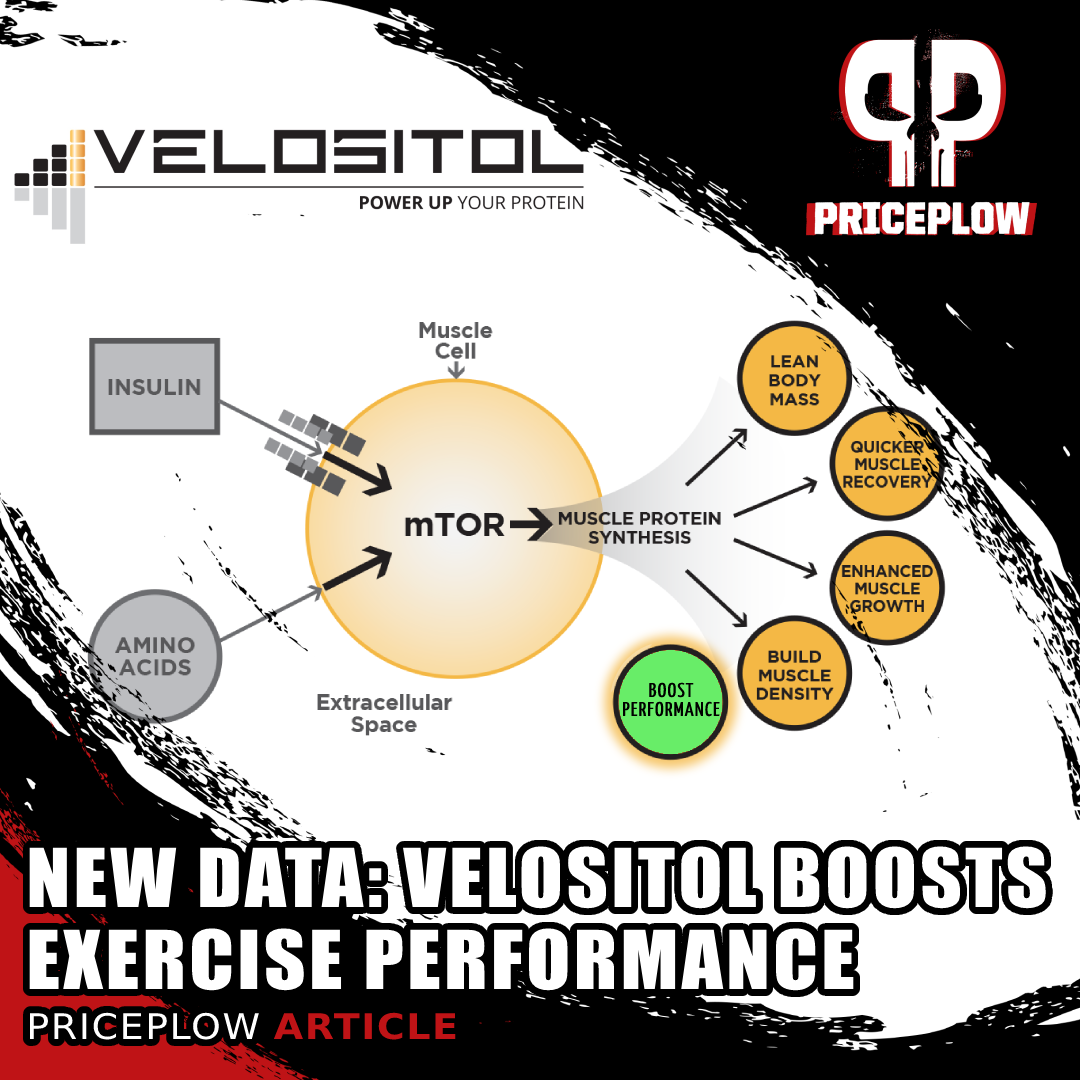


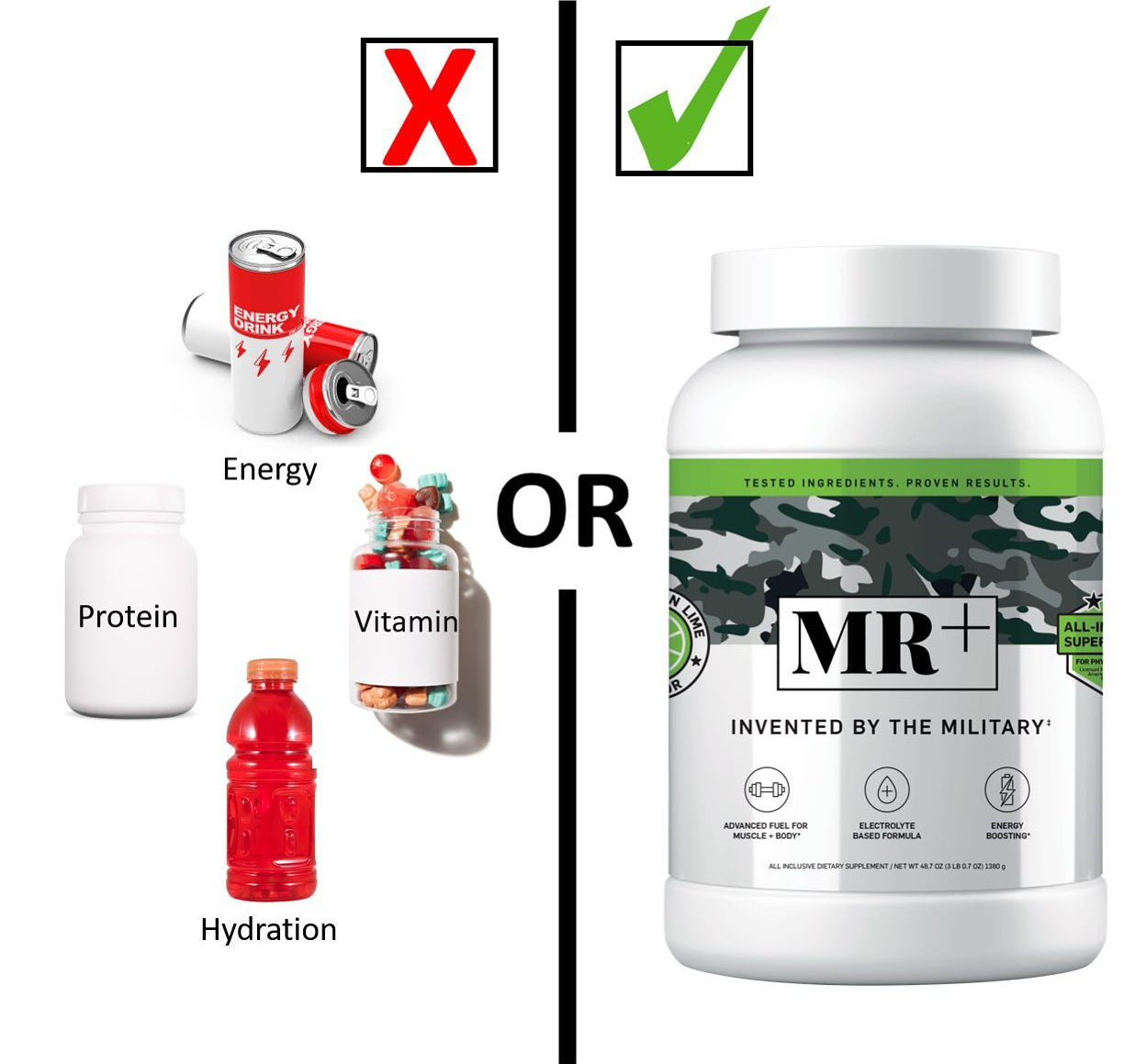
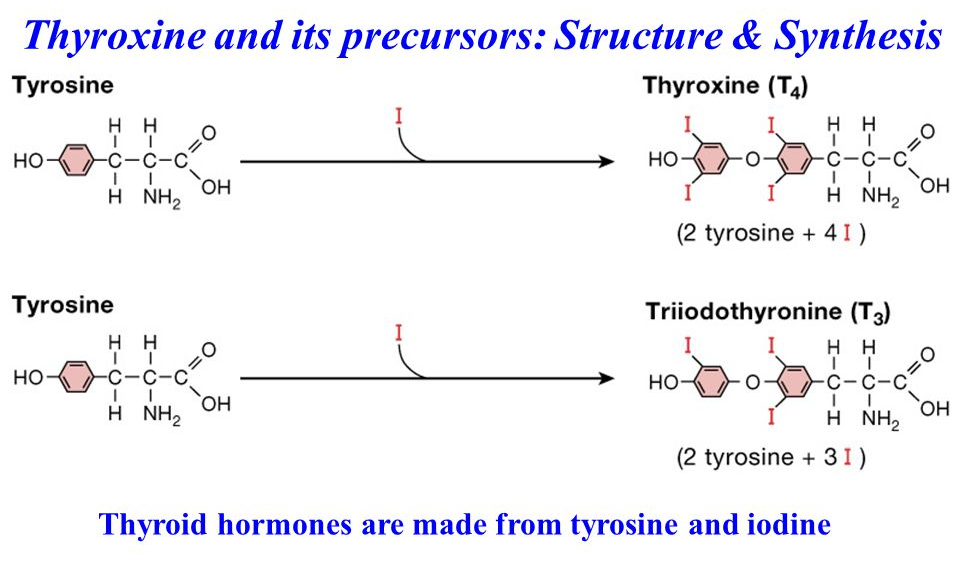



Comments and Discussion (Powered by the PricePlow Forum)